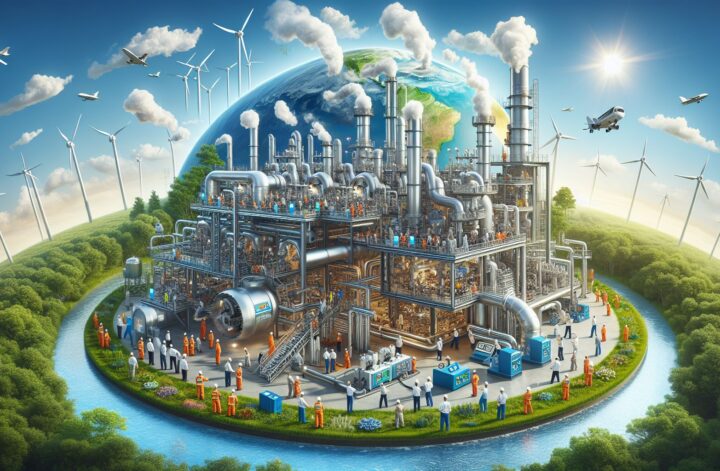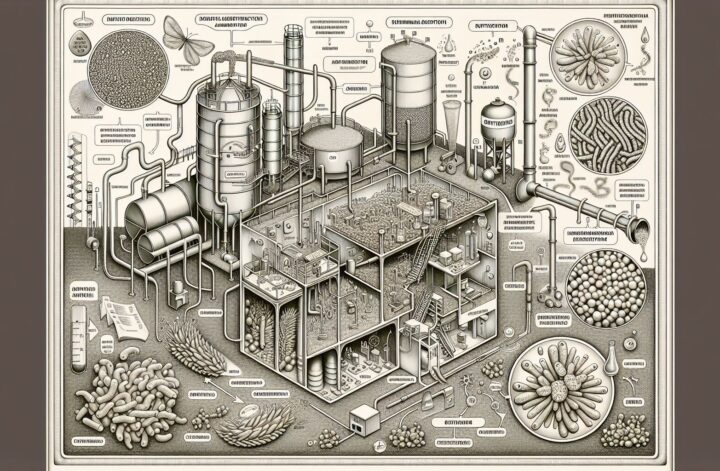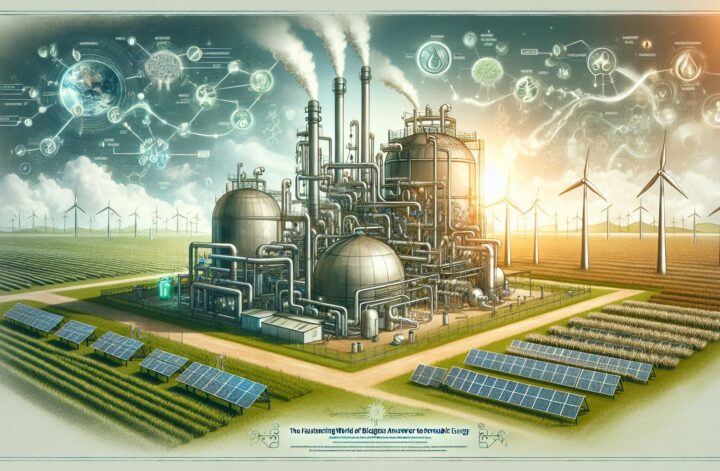The notion of sustainable energy is quickly gaining favour across the world. As the environmental consequences of our actions become increasingly clear, we must consider the adverse impacts of conventional energy sources and actively seek cleaner, greener alternatives. Among these alternatives, methane capture stands as a promising and potent solution. This article aims to elucidate the process of methane capture, the associated benefits, and the role it plays in the transition towards renewable energy and sustainability.
Methane – A Potent Greenhouse Gas
Methane, the key element captured in methane capture processes, is predominantly known as a potent greenhouse gas (GHG). It is one of the most harmful gases to our planet, with a Global Warming Potential (GWP) 25 times greater than carbon dioxide over a 100-year period^1^. The production of methane gas arises from various natural and man-made sources, such as the farming and production of crops, fossil fuel exploration, waste management facilities, and livestock production. Inefficient and haphazard processing leads to the gas entering our atmosphere, contributing significantly to global warming. However, rather than allowing this compound to detriment our planet, the process of methane capture allows us to utilize it as a valuable energy source.
The Process of Methane Capture
In the process of methane capture, methane gas is drawn and contained from its source before it is released into the atmosphere^2^. Firstly, a covering or “cap” is used in landfills to ensure the produced methane does not disperse indiscriminately. Collected methane is then sent through a network of pipes to a control system, where the system cleans and processes it. This yielded product is known as ‘biogas’, with around 50-75% composed of methane.
One of the most prevalent forms of methane capture is landfill gas-to-energy projects. These initiatives utilize organic waste decomposition, specifically the microbes that break down these materials, generating gases, including methane. Equipment installed in the landfill then siphons off this gas to use as fuel for power plants or natural gas pipelines.
Another frequent application of methane capture happens in a methane digester, often within a farm setting[^3^]. The digester collects and stores livestock manure, and the equipment heats the excretion to promote bacterial growth that facilitates the creation of biogas.
The Intersection of Methane Capture and Renewable Energy
The direct utilization of methane for energy production classifies it as a renewable energy source since it stems from organic waste, a resource that regenerates continuously. Captured methane is predominantly used for electricity generation and transport fuel, providing heat in households and industries, and as a raw material for chemical industries. Rather than remaining a harmful GHG, the captured methane is revamped into utility, contributing to the renewable energy landscape and reducing reliance on unsustainable fossil fuels. Additionally, the process aids in reducing harmful emissions from waste.
Economic Prospects
The conversion of waste to energy offers significant revenue streams too. Landfill gas-to-energy projects and anaerobic digesters both present opportunities for economic advancement and job growth.
Towards a Sustainable Future
Beyond the benefits it confers to the economy and environment, methane capture epitomizes an impactful approach towards sustainability. It serves as a potent testament to innovation — where waste once meant harm and filth, we now source renewable energy. In doing so, we propel towards an advanced and sustainable future, conserving our finite resources and mitigating the catastrophic damage to our planet.
Methane capture is not a standalone solution to the world’s energy challenges. Still, it offers substantial opportunities to reduce GHG emissions, create environmentally friendly energy sources, stimulate economic development, and promote a more sustainable path.
[^3^]: US Department of Agriculture




